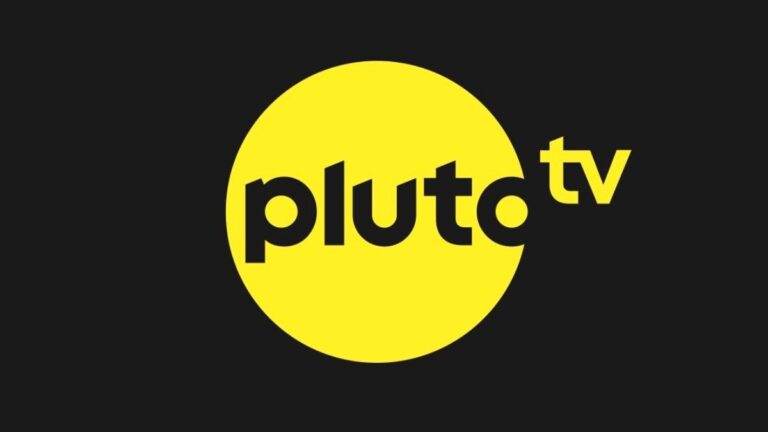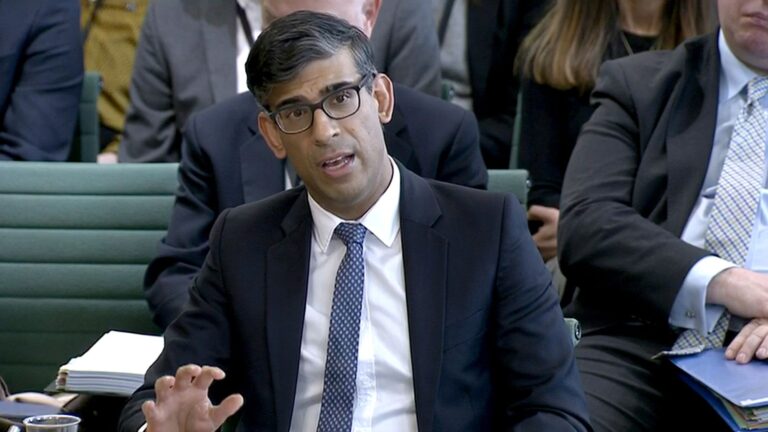32% of mobile gamers plan to spend less on in-app purchases in 2024 | Fog
Mistplay has delved deeper into gamer spending, releasing a report that reveals data on why mobile gamers spend money on in-app purchases (IAP) in games. The key finding is that 32% of spenders – and 41% of high-value spenders – plan to reduce their gaming spending and shift to more budget-conscious discretionary spending decisions.
Montreal-based Mistplay, a popular loyalty app that rewards mobile gamers for their engagement, has released its 2024 Mobile Gaming Spend Report, providing a comprehensive analysis of market drivers that are key to sustainable growth in today’s market.
The report describes how players’ spending may change in the future and what factors may influence further investments. With these findings, the broader mobile gaming industry, including leadership, product, monetization and acquisitions teams, will have a better understanding of today’s mobile gaming consumers, enabling them to implement informed strategies to overcome emerging industry challenges, said Jason Heller, CEO of Mistplay , in an interview with GamesBeat.

“There is a new reality in the mobile gaming industry and there will be a disproportionate number of such games
winners and losers among game publishers as publishers plan to reduce game spend, user acquisition becomes more competitive and costly, and companies continue to compete for a limited share of the IAP wallet,” Heller said.
GB Event
Invitation to the GamesBeat Summit for speakers
We are excited to invite speakers to our flagship event, GamesBeat Summit 2024 in Los Angeles, where we will discuss the topic of “Resilience and Adaptation.”
Apply to chat here
He added: “This is the inaugural publication of an annual report that we hope will provide mobile game publishers with strategic insights that will help them scale their businesses sustainably. I firmly believe that those who can successfully execute on three key drivers – diversifying user acquisition, improving product-market fit and cultivating long-term loyalty – will outperform those who don’t.”
Expense information

Mistplay’s 2024 Mobile Gaming Spend Report provides a holistic view of who is spending on mobile games
based on tiered cohorts of spenders, including high-value spenders, and core spenders based on top positions
mobile game genres.
The most important conclusions are that in 2024, people spending money via mobile devices will be more conscious of their spending. This year, the spending landscape on mobile games may change noticeably as gamers spend less than before.
“This means that the share of wallets in IP spending will be concentrated and there will be more winners and losers than today,” Heller said.
With insights from over 500 games and millions of players across the platform, Mistplay’s report presents the Mobile Gaming Loyalty Index, a metric that quantifies and ranks the loyalty value of various mobile gaming genres based on key metrics such as retention rate, repeat purchase rate and average number of sessions per user. The study was based on interviews with 2,000 mobile gamers.
Make me an offer

The report indicates that a good (personalized) offer is of great importance. Optimizing the use of in-app purchase offers and discounts can be a viable strategic approach to encouraging investment, given that 33% of spenders say they will spend money if they encounter an offer too good to pass up, and 40% would be willing to spend more if you receive personalized offers.
The main motivation for spending money among high-value spenders is to progress in the game.
“If you can motivate the user with natural progression in the game. And if you add personalized offers to the mix, you get a composite effect of what users tell us about the motivations that drive them,” Heller said.
Social factors influence installations, not always expenses. Community is a powerful lever at the top of the funnel – mobile users rank word-of-mouth recommendations among their top three discovery channels, and 31% downloaded three or more games from recommendations last year, but this may become even more irrelevant down the funnel as most people spenders (69%) say that social factors do not influence their spending decisions at all.
“We really want to help publishers understand how to deal with changes in user spending that are happening and will continue to happen,” Heller said. “We spent a lot of time thinking about what mechanisms of user behavior and motivations influence user spending. What does it take to gain your fair share of this market? “We consistently hear – not just in the study, but we do quite consistently in other research, including primary research on high spenders – that the heyday of spending for relaxation and escapism is returning to something more practical.”
Getting a piece of the cake

Capturing a larger share of the discretionary income spent on these activities will require greater capabilities and skills on the part of the gaming industry, he said.
“Publishers don’t just compete with each other. They compete with every other form of entertainment and distraction,” Heller said. “There were a few years of the pandemic where maybe that wasn’t entirely true because the easiest thing in the world is to jump on your phone, download a game and get lost. Users who were willing to spend and experiment with these things are starting to slow down. Every now and then you get Monopoly Go. But there will be a rude awakening in many companies that we will see next year.”
The report also shows that loyalty bonuses are powerful customer engagement tools. Gamers are looking for ways to increase their discretionary spending and will engage with brands that help them do so, as the majority (79%) not only use various loyalty programs, but will also spend more in games if they do so gives them extra points or cash prizes (51%).
And interaction with ads is based on relevant, real gameplay. Most spenders will download a new game after seeing ad views for a few days or less. While 72% of mobile spenders will be interested in ads that provide engaging gameplay, they are often frustrated by misleading gameplay.
The future of user acquisition

“We understand that the attitudes and spending behavior of players will change,” Heller said. “We published this report so that the publisher community can understand how to navigate this changing landscape as, ultimately, the highest value spenders see that they will spend less often on fewer games.”
Heller said user acquisition is increasingly expensive, especially in an era where privacy is a concern.
“Independent studios and independent publishers don’t have the user acquisition budgets they used to have,” Heller said. “So diversifying user acquisition, improving product-market fit and making sure games resonate with users so you can convert more free users into paying users – that’s the key to developing loyalty.”
And once you get a user, you can provide them with more value throughout their lifespan. Those who succeed will be the industry’s disproportionate winners.
Mistplay background

Mistplay debuted in 2016 and has risen to the top as a media source for Android-focused game publishers because it has a community of millions of engaged mobile gamers who opt-in to receive rewards and discover games.
The company grew rapidly and in 2021 was acquired by growth-oriented private equity firm GrowthCurve Capital. The company operates in nine major markets around the world and has two million users. It employs approximately 270 employees. Right now, the company is doing a good job of attracting gaming spenders to its platform and then directing them to different games they like.

“We want to actually help drive growth across the user lifecycle for our customers, which we don’t currently do. Today, our main focus is on user acquisition,” Heller said. “We will be introducing some products that will focus more on the user lifecycle.”
Heller said the company conducts its business in a privacy-compliant manner and Mistplay ensures that user data is used only to provide relevant, personalized experiences. This is very different from an ad network that aims to increase revenue.
“We’re lucky we’re not an ad network. We are a community of users,” he said. “We have invested a lot of time and energy to be there for our customers. The value we represent to our users is that we only really use first-party data and their behavior to create better recommendations that are relevant to them.”






